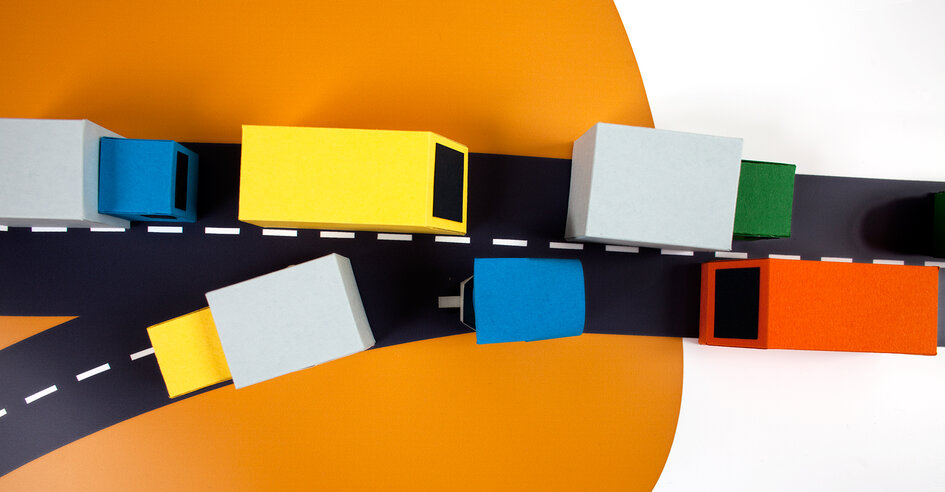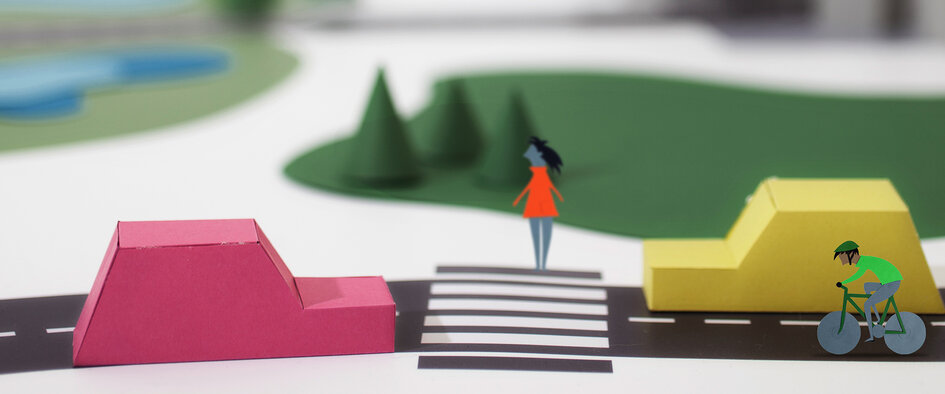
Read about our delivery of the First Alliance Advocates African Region Training
Last month, we worked with the Global Alliance of Road Safety NGOs to deliver the first African Region Training in Nairobi, Kenya. The training brought together 20 NGO leaders from across 13 African countries and were trained in a range of advocacy skills with a particular focus on safe school zones.
We joined the training as lead facilitators delivering a facilitative workshop alongside iRAP, the World Health Organization and the Global Alliance. The Alliance created the ‘Alliance Empowerment Program’, an overarching program that has the aim to work with NGO leaders to improve their effectiveness and impact.

Members of the Alliance identified several key areas for development that would help them in their road safety missions on the ground. This was realized through an Alliance-wide ‘Learning Needs Assessment’ in which members reviewed the skills they need to make a real lasting change in road safety. In response to a clear capacity development need, the Alliance developed supportive programs under the banner of the Empowerment Program. These include The Alliance Academy: which offers trainings such as online webinars and in-person training workshops.

The Alliance Advocates: is an initiative that results from the Alliance Academy. The overall aim is to increase the quality of work that Alliance member NGOs implement. It builds on key skills such as planning, identify funding, implementing and evaluating effective advocacy activities, press attention, legislative change and more. In 2018, the Alliance took the decision to focus on a Regional Training which would enable NGOs to work on practical ideas. The first regional training took place in Nairobi, Kenya representing the African region.
We (YOURS), were called in to further develop the training curriculum based on our training experience. The curriculum was developed through consultations with the Alliance and this time partnered with the International Road Assessments Programme (iRAP) and the World Health Organization (WHO). The training offered 20 African NGO leaders a practical insight into advocacy with a particular focus on safe school zones. The group benefited from using iRAP’s Star Ratings for Schools App as NGOs to pilot this new innovative tool to improve crucial infrastructure around schools to enable a safe journey for children.
We used our track record in workshop delivery to help design, develop and implement the training. Floor Lieshout and Manpreet Darroch conducted the training alongside the Global Alliance, Rachel Nganwa of iRAP Africa and Melecki Khayesi, Kacem Iaych Technical Officers at the World Health Organization.

A key focus of the regional training was to ensure practical actions could be taken when advocates return to their respective countries. During the training, the Advocates went into the field to assess a real school zone and score the infrastructure. This practical in-field exercise enabled the group to get acquainted with the Star Rating for Schools application and principles. Advocates were able to see where safe infrastructure lacked. They used this approach to prepare advocacy missions around safe school zones for their home countries with a focus on; using key data and evidence, talking with decision makers, strategic action planning and crafting compelling messaging for their advocacy missions.
 Executive Director of the Global Alliance of NGOs for Road Safety, Lotte Brondum said, “It’s a true pleasure to work with YOURS. We have worked with the YOURS for several years now and although the trainings follow the same structure, all trainings are individually tailored. Recently we had a group with mostly men, different ages, cultures and language skills. Floor and Manpreet do not just delivering a training, but ensure that dynamics and learning styles are in play and optimized for the best learning outcome. Their individual approach to a training means that there is a lot of preparation work between us ahead of the training discussing and planning for different scenarios during the training. But it also means that the training is rolled out in a really professional manner and that we as the Alliance is sure our members are in the best hands and meet all learning objectives!”.
Executive Director of the Global Alliance of NGOs for Road Safety, Lotte Brondum said, “It’s a true pleasure to work with YOURS. We have worked with the YOURS for several years now and although the trainings follow the same structure, all trainings are individually tailored. Recently we had a group with mostly men, different ages, cultures and language skills. Floor and Manpreet do not just delivering a training, but ensure that dynamics and learning styles are in play and optimized for the best learning outcome. Their individual approach to a training means that there is a lot of preparation work between us ahead of the training discussing and planning for different scenarios during the training. But it also means that the training is rolled out in a really professional manner and that we as the Alliance is sure our members are in the best hands and meet all learning objectives!”.
 Director of FedEx Global Citizenship, Jenny Robertson said, “FedEx is a very proud sponsor of the Alliance Empowerment Program. The recent road safety advocacy training held in Nairobi was the first regional training we’ve sponsored for the Alliance. The training, once again delivered by expert road safety advocates from YOURS, has no doubt prepared the NGOs that participated to deliver exceptionally effective road safety measures. These measures will help reduce the numbers of children and adults getting killed and injured in road traffic crashes on African roads”.
Director of FedEx Global Citizenship, Jenny Robertson said, “FedEx is a very proud sponsor of the Alliance Empowerment Program. The recent road safety advocacy training held in Nairobi was the first regional training we’ve sponsored for the Alliance. The training, once again delivered by expert road safety advocates from YOURS, has no doubt prepared the NGOs that participated to deliver exceptionally effective road safety measures. These measures will help reduce the numbers of children and adults getting killed and injured in road traffic crashes on African roads”.













